کتاب Intersemiotic Translation of Quatrains of Omar Khayyam
- صفحه نخست
- رشته ها
- ادبیات و زبان های خارجی
- زبان انگلیسی
- کتاب Intersemiotic Translation of Quatrains of Omar Khayyam
کتاب شعر “Intersemiotic Translation of Quatrains of Omar Khayyam” – ترجمه بینامتنیکی رباعیات عمر خیام
کتاب “Intersemiotic Translation of Quatrains of Omar Khayyam” یک اثر منحصر به فرد است که در آن مفهوم ترجمه از ابعاد جدیدی بررسی میشود. در این کتاب، ترجمهای بینامتنیکی (intersemiotic) از رباعیات مشهور عمر خیام، شاعر، فیلسوف و ریاضیدان برجسته ایرانی، ارائه شده است. در این نوع ترجمه، مترجم سعی میکند معنای اصلی اشعار را از زبان و نشانههای فرهنگی و معنایی مختلف به شکلی متفاوت منتقل کند.
محتوای کتاب
این کتاب مجموعهای است از رباعیات خیام که به صورت بینامتنیکی ترجمه شدهاند. هدف اصلی این اثر، ترجمهی تنها کلمات نیست بلکه تبدیل مفاهیم، تصاویر و پیامهای نهفته در اشعار خیام از طریق نشانهها و نمادهای مختلف است. این نوع ترجمه به گونهای است که مفاهیم عمیق و فلسفی خیام، به زبانی دیگر و با استفاده از عناصر و نشانههای نوین، بازآفرینی میشود.
ویژگیهای برجسته کتاب
- ترجمه بینامتنیکی: این کتاب، نوعی نوآوری در فرآیند ترجمه است که در آن علاوه بر کلمات، تصاویر، نمادها و نشانههای مختلف نیز در انتقال معنا نقشی اساسی دارند.
- درک عمیقتر از آثار خیام: ترجمههای این کتاب به گونهای است که مفاهیم پیچیده و فلسفی رباعیات خیام را به روشی نوین و شفافتر برای مخاطبان ارائه میدهد.
- انسجام فرهنگی: مترجم در این کتاب سعی کرده است تا نشانهها و نمادهای مختلف فرهنگی را با اشعار خیام تلفیق کند تا معنی اصلی در بافت فرهنگی جدیدی حفظ شود.
- تنوع زبانی و معنایی: این ترجمه میتواند به مخاطب کمک کند تا نه تنها به کلمات بلکه به لایههای معنایی و فلسفی اشعار خیام پی ببرد.
چرا کتاب “Intersemiotic Translation of Quatrains of Omar Khayyam” را باید خواند؟
- تجربهای نو در ترجمه شعر: اگر شما علاقهمند به ترجمههای غیرمعمول و منحصر به فرد از آثار ادبی هستید، این کتاب فرصتی عالی برای آشنایی با نوعی متفاوت از ترجمه است.
- افزایش درک از فلسفه خیام: اگر به آثار خیام علاقه دارید، این کتاب به شما کمک میکند تا مفاهیم و پیامهای نهفته در رباعیات او را از دیدگاههای جدید و با زبانهای مختلف درک کنید.
- مطالعه در زمینه ترجمه و فرهنگشناسی: برای کسانی که در زمینه مطالعات ترجمه و فرهنگشناسی علاقهمند به تحلیل و بررسی روابط فرهنگی و زبانی هستند، این کتاب منبعی غنی و جالب توجه خواهد بود.
نتیجهگیری
کتاب “Intersemiotic Translation of Quatrains of Omar Khayyam” فرصتی است تا اشعار عمر خیام را به شکلی نو و مبتنی بر ترجمهای متفاوت و بینامتنیکی تجربه کنید. این کتاب نه تنها برای علاقهمندان به شعر خیام بلکه برای افرادی که به جستجوی ایدههای جدید در زمینه ترجمه و زبانشناسی هستند، اثری مفید و جذاب است.
- کتاب “Intersemiotic Translation of Quatrains of Omar Khayyam” در مورد چه موضوعاتی صحبت میکند؟ 📚
این کتاب به ترجمه بیننشانهای رباعیات عمر خیام میپردازد. نویسنده تحلیلهایی ارائه میدهد که چطور تصاویر و نشانهها بهعنوان نوعی ترجمهی معنایی از اشعار خیام در دیگر رسانهها مانند تصاویر بصری و هنری منتقل میشوند. 🖼️📜
- ترجمه بیننشانهای چیست؟ 🔄
ترجمه بیننشانهای (Intersemiotic Translation) فرآیند انتقال معنا و مفهوم از یک نوع نشانه به نوع دیگر است. بهطور خاص، این کتاب به ترجمهی نشانهها از متنی ادبی (رباعیات خیام) به تصاویر و هنرهای بصری میپردازد. این فرآیند شامل استفاده از علائم و نشانههای تصویری برای بیان مفاهیم است که در زبان نوشتاری وجود دارد. 🖋️➡️🖼️
- ترجمه دروننشانهای چیست و چه تفاوتی با ترجمه بیننشانهای دارد؟ 🔍
ترجمه دروننشانهای (Intra-semiotic Translation) به ترجمه یا انتقال معنا در داخل یک نوع خاص از نشانهها اشاره دارد، مانند تبدیل یک متن نوشتاری به همان متن با تغییرات یا تغییر معنای جزیی. در حالی که ترجمه بیننشانهای شامل انتقال از یک نوع نشانه به نوع دیگر (مثل از متن به تصویر) میشود. این تفاوتها در فهم معنای صحیح و نحوه انتقال آن تأثیرگذارند. 🔄📝
- چرا تحلیل تصاویر پوتاپیپات بهعنوان ترجمه بیننشانهای مهم است؟ 🖼️
پوتاپیپات هنرمند است که با استفاده از تصاویر و نقاشیها، رباعیات عمر خیام را بهطور بصری ترجمه کرده است. این تحلیلها در کتاب نشان میدهند که چطور عناصر بصری میتوانند به درک بهتر اشعار خیام کمک کنند و علاوه بر ترجمه زبانی، احساسات و معانی عمیقتری را به مخاطب منتقل نمایند. 🎨
- کتاب چگونه به تجزیه و تحلیل ترجمه بیننشانهای پرداخته است؟ 🔎
کتاب در فصل دوم و سوم به بررسی تکنیکها و فرآیندهای مختلف ترجمه بیننشانهای پرداخته و مثالهایی از تصاویر پوتاپیپات را تجزیه و تحلیل میکند. این تحلیلها بهویژه بر چگونگی انتقال مفاهیم، احساسات و نیتهای خیام از طریق تصاویر تمرکز دارند. 🔄🎨
- منابع کتاب شامل چه مراجع و منابعی هستند؟ 📑
کتاب در فصل آخر خود به مراجع و منابع مختلفی اشاره کرده است که برای مطالعه بیشتر در زمینه ترجمههای نشانهای و تحلیل آثار عمر خیام مفید هستند. این منابع شامل مقالات علمی، کتابها و مطالعات موردی است که به عمق و گسترش این موضوع کمک میکنند. 📚
- چه نکاتی در مقدمه کتاب بیان شده است؟ ✨
مقدمه کتاب به معرفی کلیات موضوع، اهمیت ترجمه بیننشانهای و نحوه ارتباط اشعار خیام با هنرهای بصری میپردازد. این بخش بهعنوان نقطه شروعی برای درک بهتر موضوعات فنی و عملی مورد بحث در کتاب عمل میکند. 🌍
| تعداد صفحات | 66 |
|---|---|
| شابک | 978-622-378-062-2 |
| انتشارات |
.فقط مشتریانی که این محصول را خریداری کرده اند و وارد سیستم شده اند میتوانند برای این محصول دیدگاه ارسال کنند.
محصولات مشابه
-
کتاب بیداری تغییر رهایی
۳۵۷,۰۰۰ تومانقیمت اصلی: ۳۵۷,۰۰۰ تومان بود.۱۹۶,۳۵۰ تومانقیمت فعلی: ۱۹۶,۳۵۰ تومان. -
کتاب ساعت شنی
۲۱۰,۰۰۰ تومانقیمت اصلی: ۲۱۰,۰۰۰ تومان بود.۱۵۷,۵۰۰ تومانقیمت فعلی: ۱۵۷,۵۰۰ تومان. -
کتاب قطره آخر قلم
۴۴۷,۰۰۰ تومانقیمت اصلی: ۴۴۷,۰۰۰ تومان بود.۲۲۳,۵۰۰ تومانقیمت فعلی: ۲۲۳,۵۰۰ تومان. -
کتاب دنیا برایم بایست
۳۱۹,۲۸۶ تومانقیمت اصلی: ۳۱۹,۲۸۶ تومان بود.۱۸۳,۵۸۹ تومانقیمت فعلی: ۱۸۳,۵۸۹ تومان.


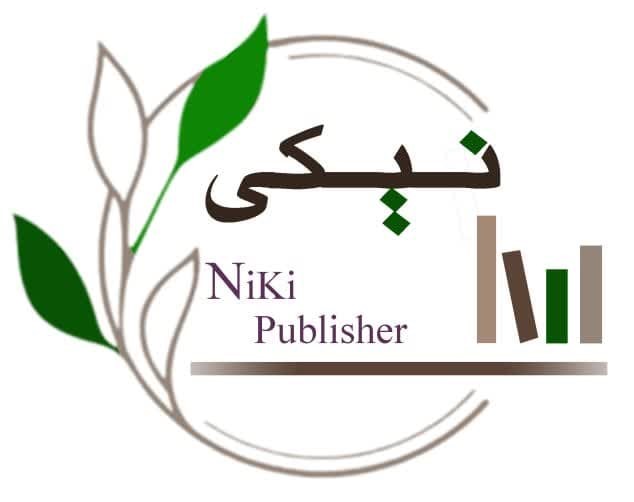


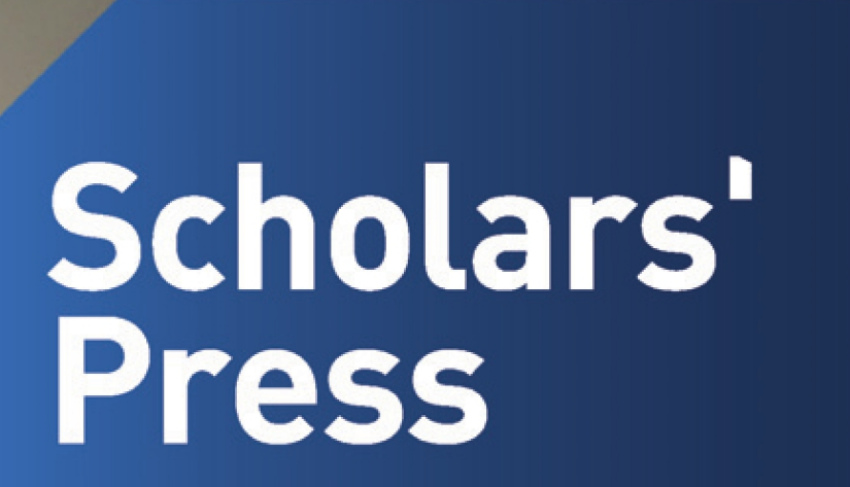


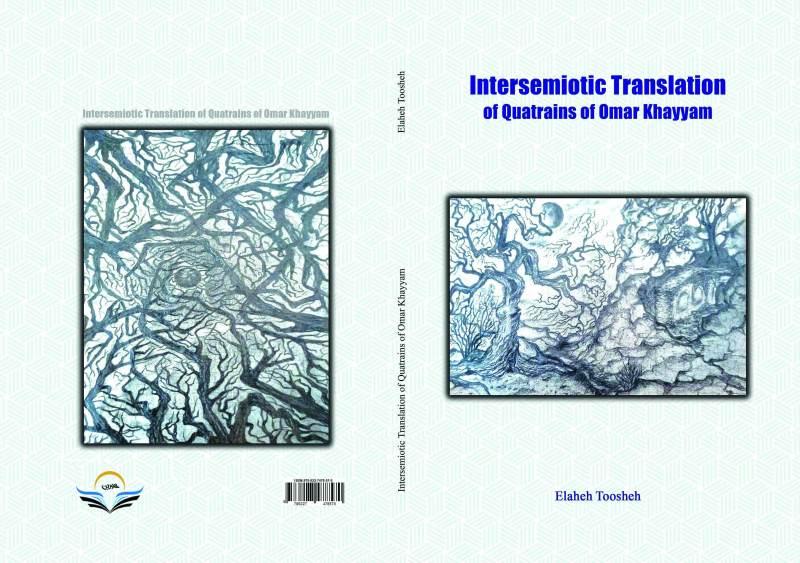

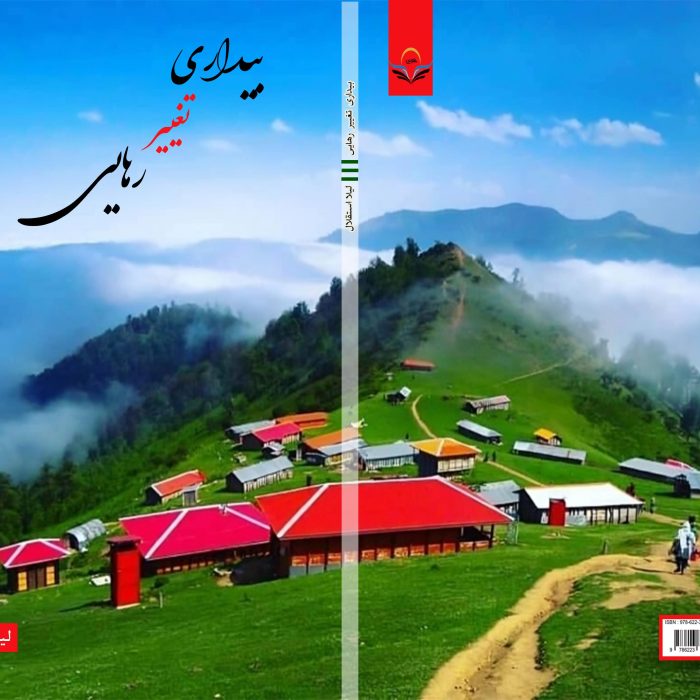
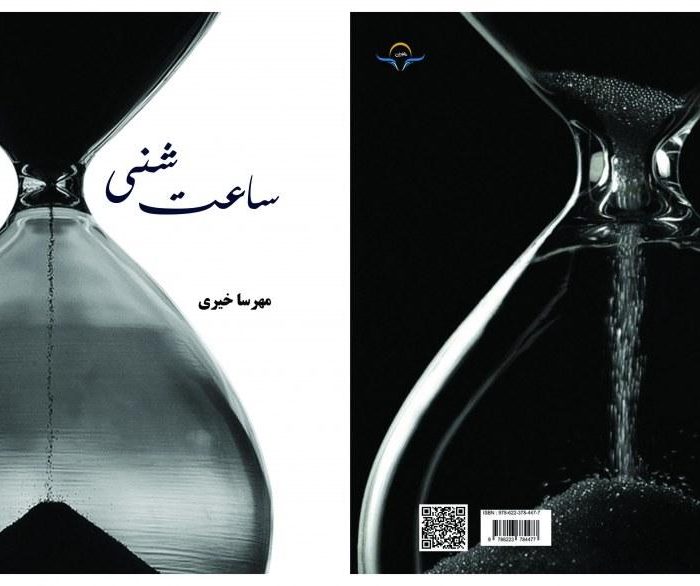
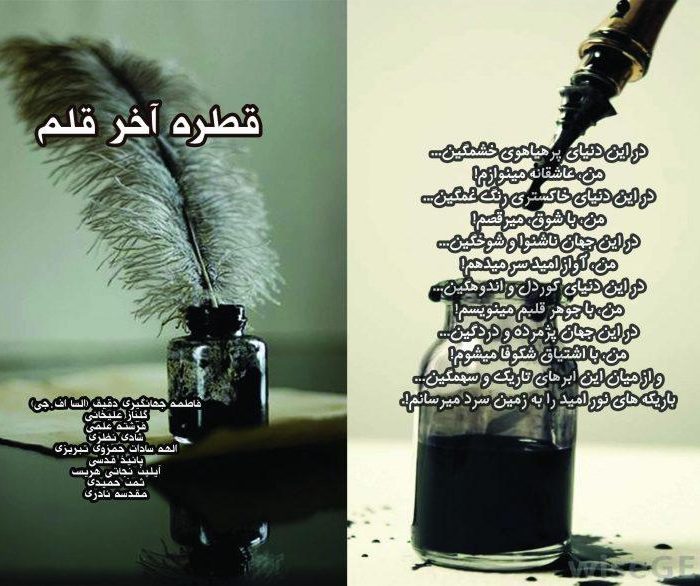
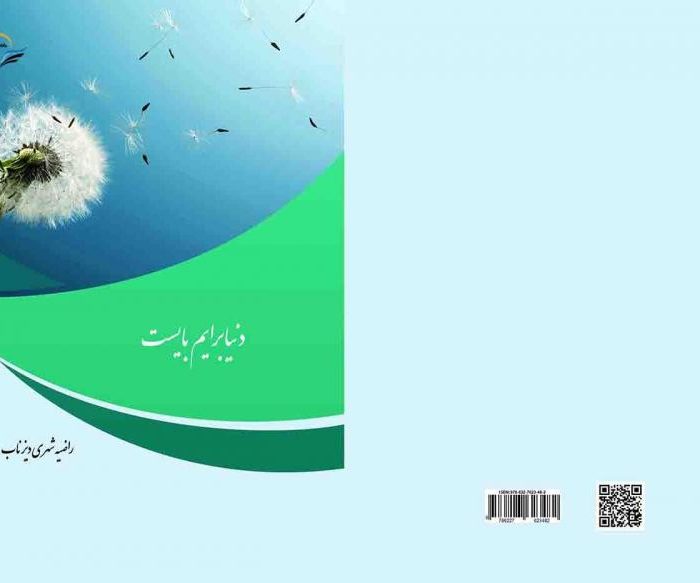
دیدگاهها
هیچ دیدگاهی برای این محصول نوشته نشده است.